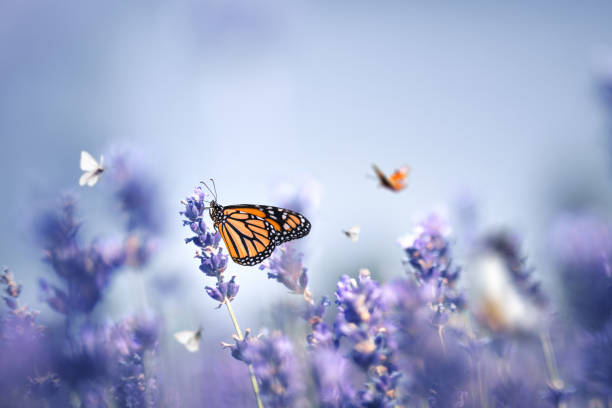Why do butterflies and other insects fly from flower to flower?
Butterflies and other insects move from one plant to the next to feed on the delicious nectar (and occasionally pollen) found within blooms. The sugar in nectar provides energy to insects, and pollen includes protein, fat, vitamins, and minerals. Many insects carry pollen, which clings to their bodies, from one plant's blossom to another while eating. Pollen, a thin powdery grain produced by a flower's male reproductive organ, must be transmitted to the female reproductive organ for fertilization and seed formation to occur.
Some butterflies transform in a week. Others require years to alter. The adult butterfly separates the chrysalis after the transformation is complete. The insect spreads its wings and injects blood and oxygen into them. It expands the wings out till they are dry and stiff. The lovely butterfly then flies out to get nectar from flowers. Most butterflies have a lifespan of about one or two weeks.















